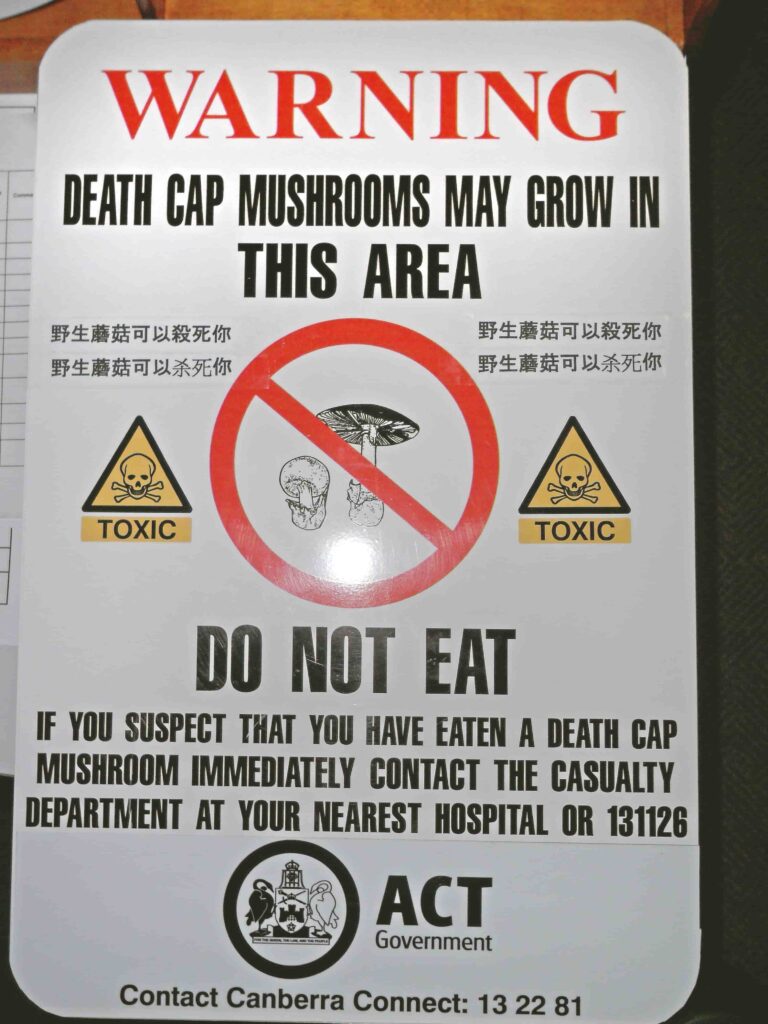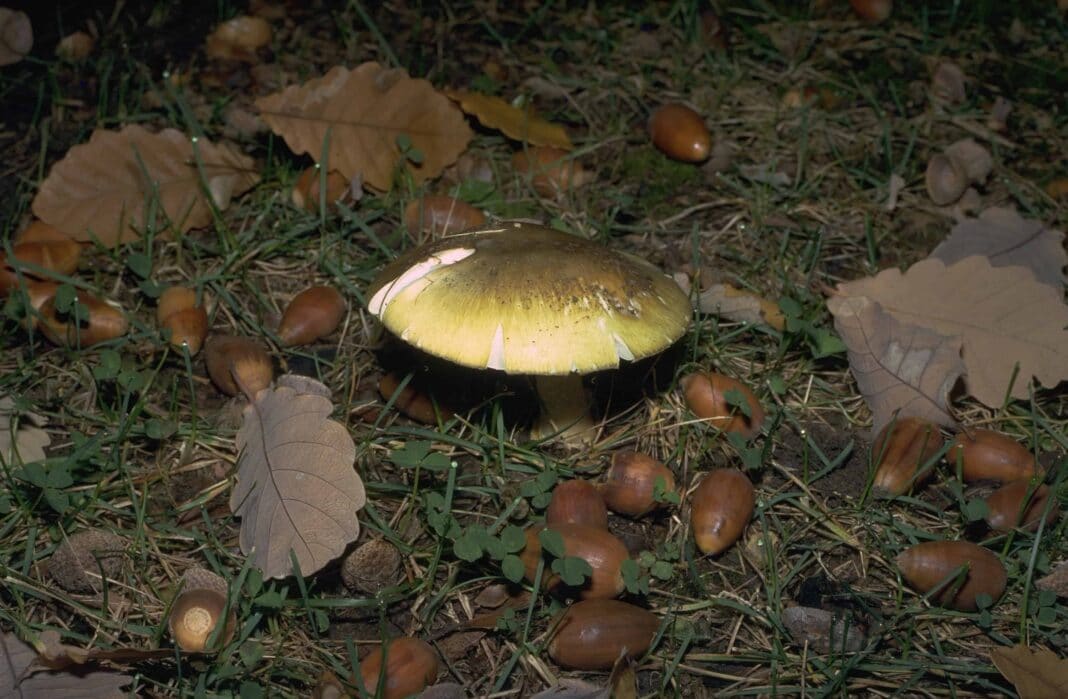Death cap mushrooms have sprouted early in Canberra this year, prompting ACT acting deputy chief health officer Dr Miranda Harris to warn the public not to eat or pick any wild mushrooms in the region.
Typically sprouting in March or April, Dr Harris said the poisonous fungi’s early growth was most likely due to wet weather and milder summer temperatures.
“As the name suggests, death cap mushrooms can be deadly,” she said.
“All parts of the mushroom are poisonous whether they have been cooked or not.”

Death caps are easily mistaken for edible mushrooms and the ACT Health announcement comes just days after the ninth anniversary of the deaths of local chef Liu Jun and kitchen hand Tsou Hsiang who mistakenly ate a meal of foraged death caps on New Year’s Eve in 2011.
It is believed those mushrooms were picked in the inner city suburb of Braddon.
In the lead up to the anniversary, Tom O’Dea, a friend of the deceased, posted a warning against mushroom foraging in a popular community noticeboard online.
“It is one of the most tragic events in my life and with upcoming rain forecast, something to be aware of for kids, pets,” he wrote.
“If you know any foreign visitors, exchange students, overseas permanent residents, please let them know too.
“I would not want any individual (complete organ failure and horrible slow death) and their family to go through this experience ever again.”
Death cap mushrooms often grow near oak trees; however, they can also be found in areas containing no oaks.
Avoid touching wild mushrooms with bare hands and keep children and pets away from them in parkland.
Dr Harris advised anyone who may have eaten a death cap mushroom to urgently seek medical attention at a hospital emergency department, and to take any remaining mushroom to the hospital for identification.
“Symptoms of poisoning generally occur 6-24 hours or more after eating mushrooms, and include pains, nausea, vomiting and diarrhoea.
“The chances of survival increase where treatment is started early.”
Those who fall ill can improve after a day or two, giving a false impression of recovery.
But by that stage the toxin can cause serious liver damage which can be fatal.
“Eating wild mushrooms is just not worth the risk.
“Don’t eat mushrooms you have found in the wild, and only purchase mushrooms from a reputable supplier,” Dr Harris said.
Anyone who sees a wild mushroom in a public area can report it to Access Canberra on 13 22 81.



